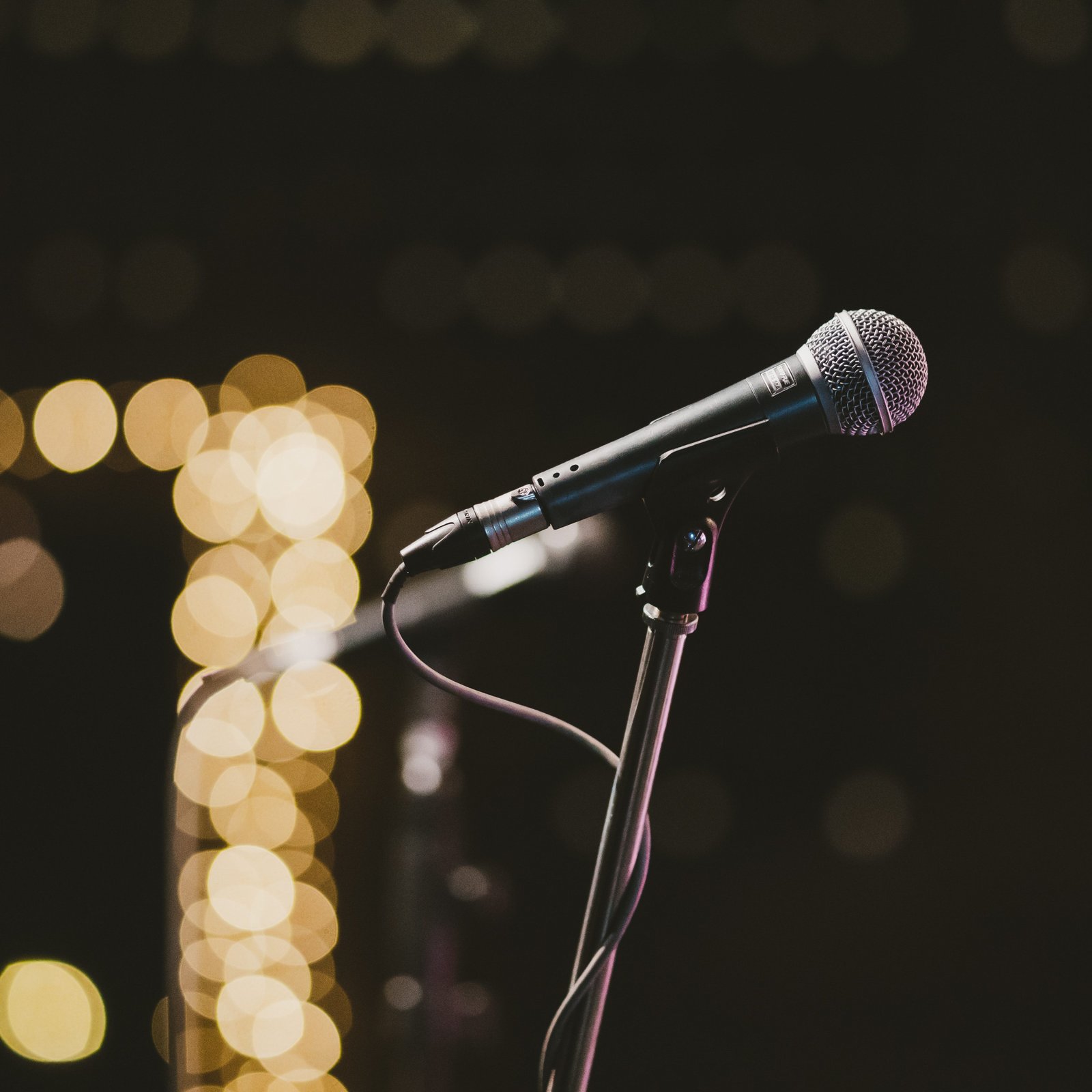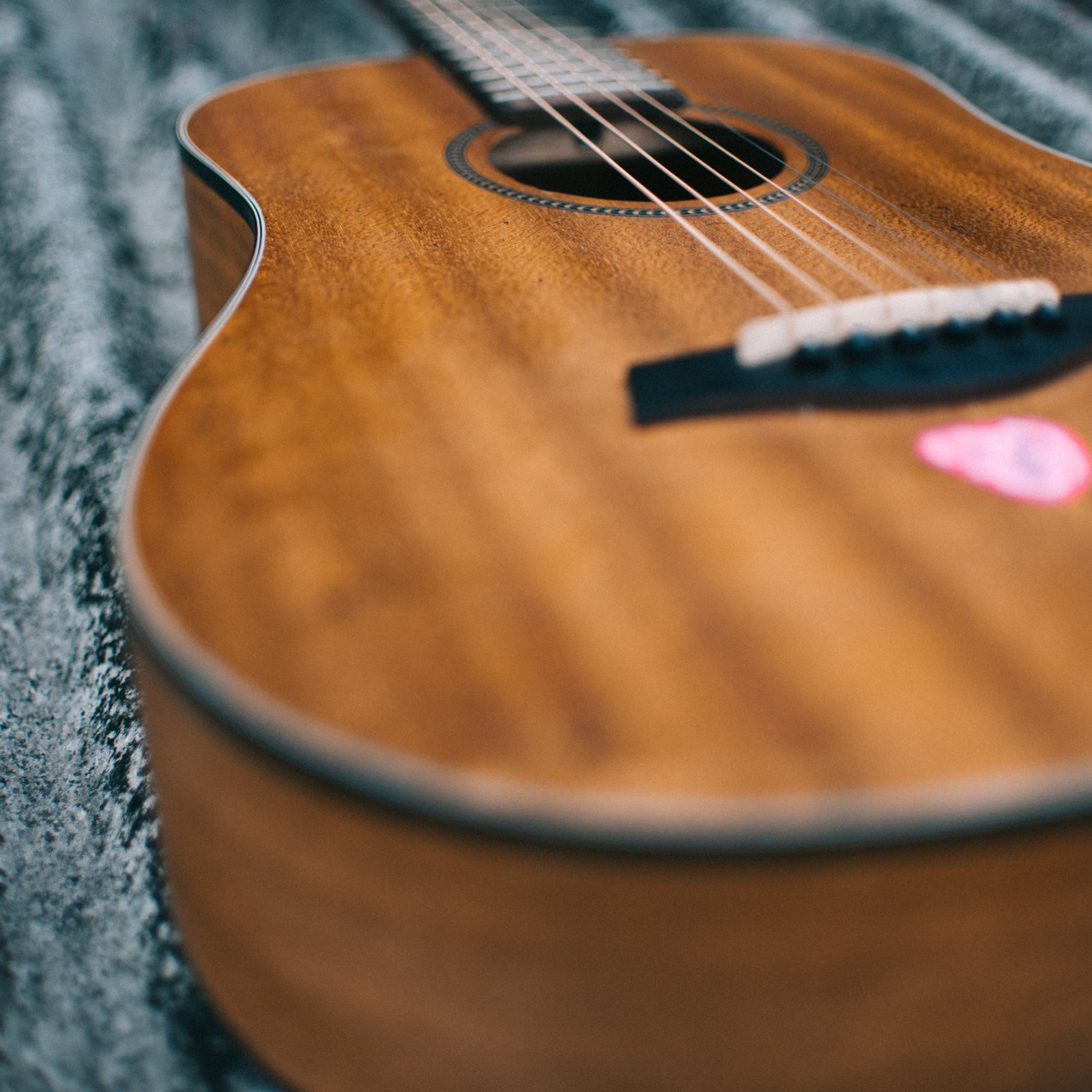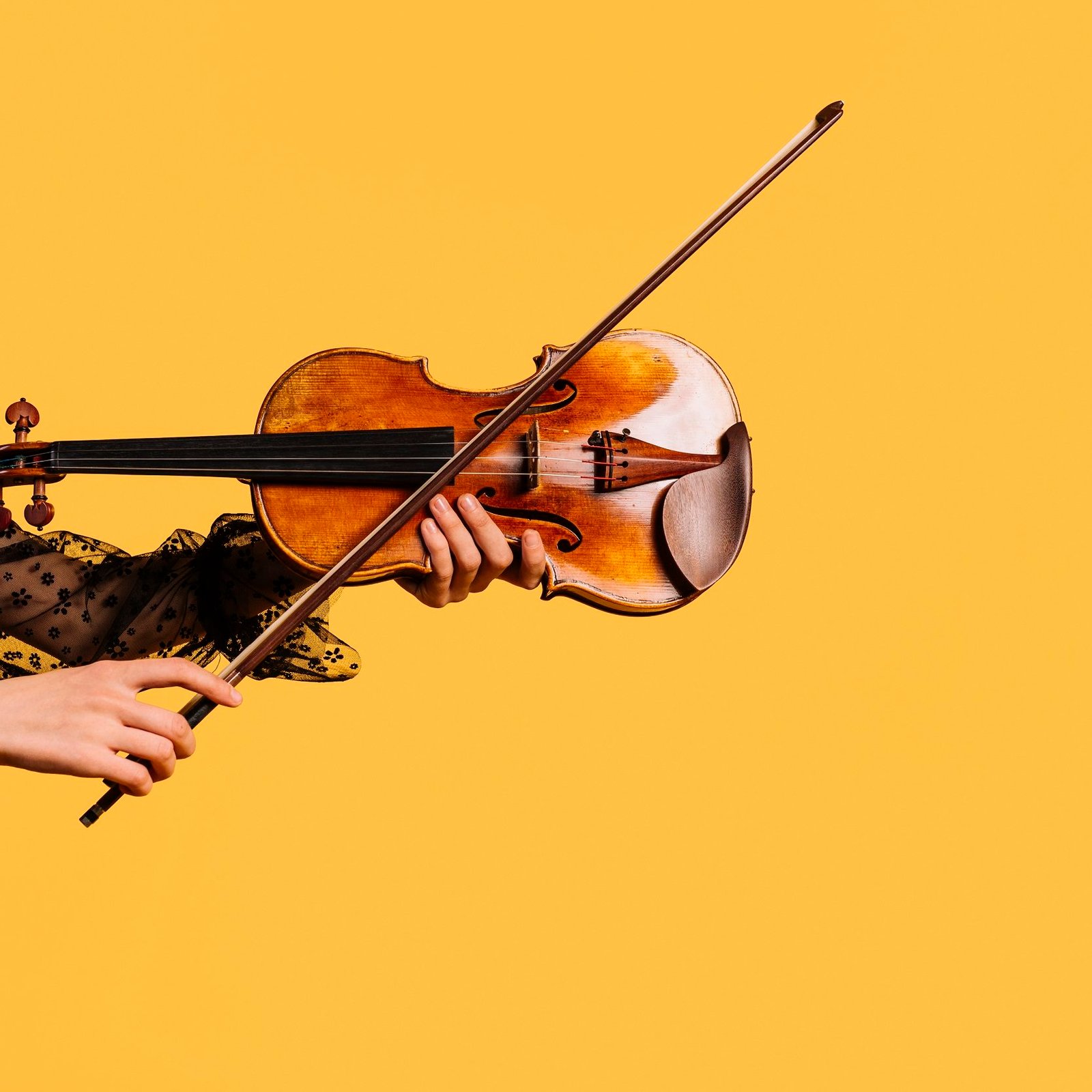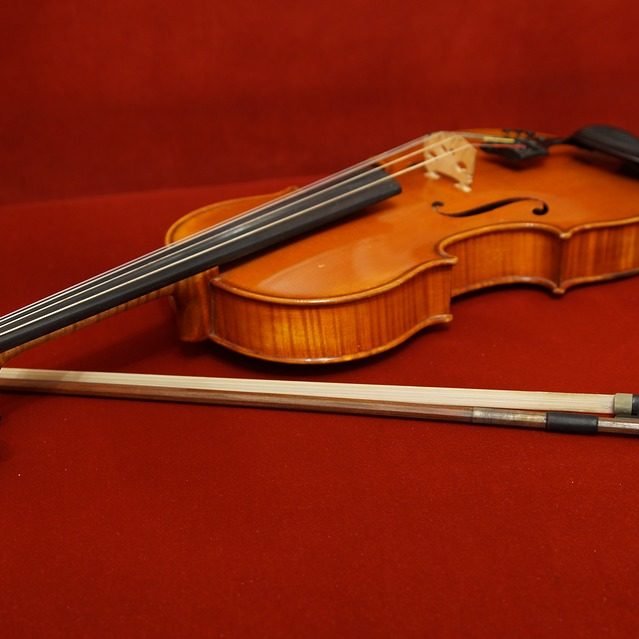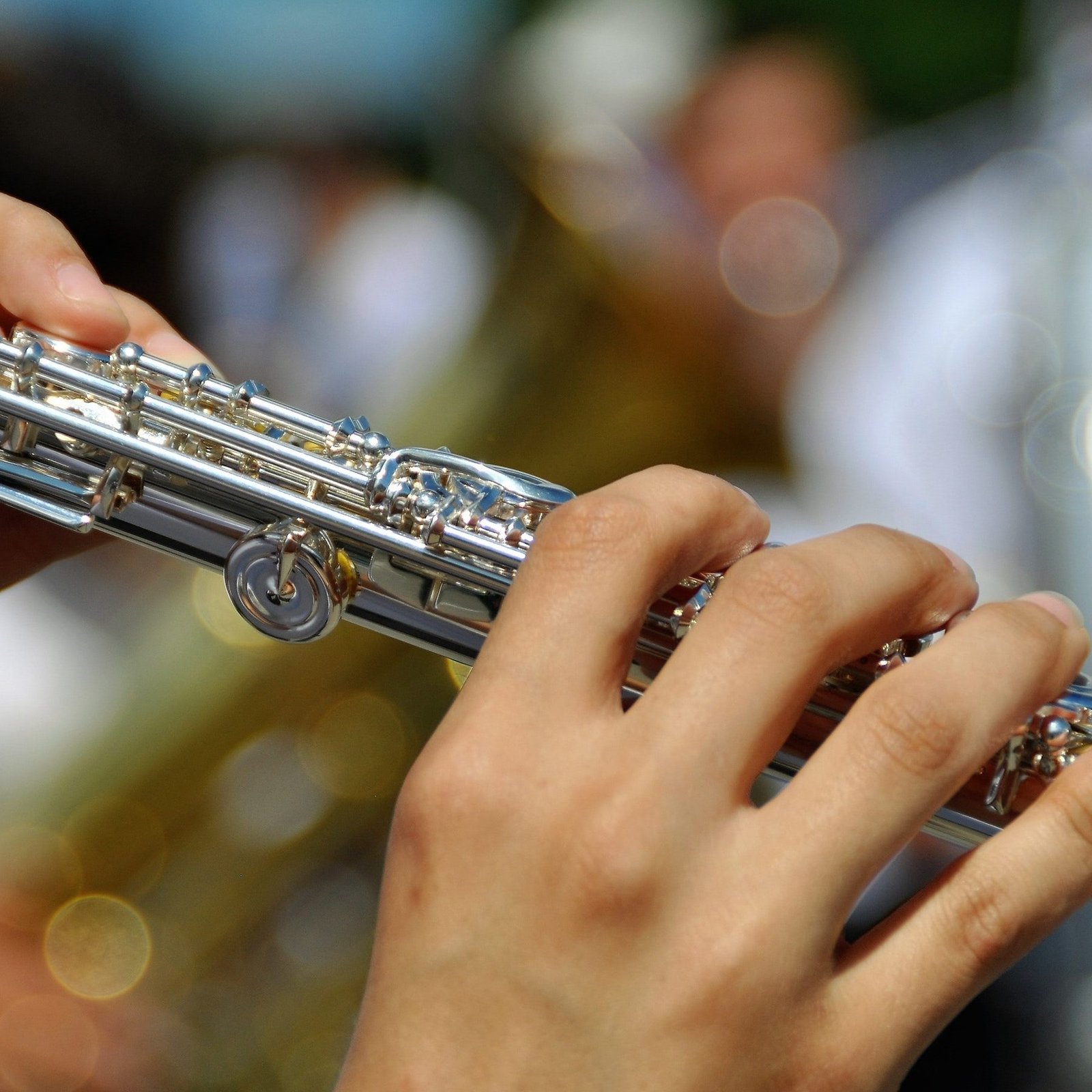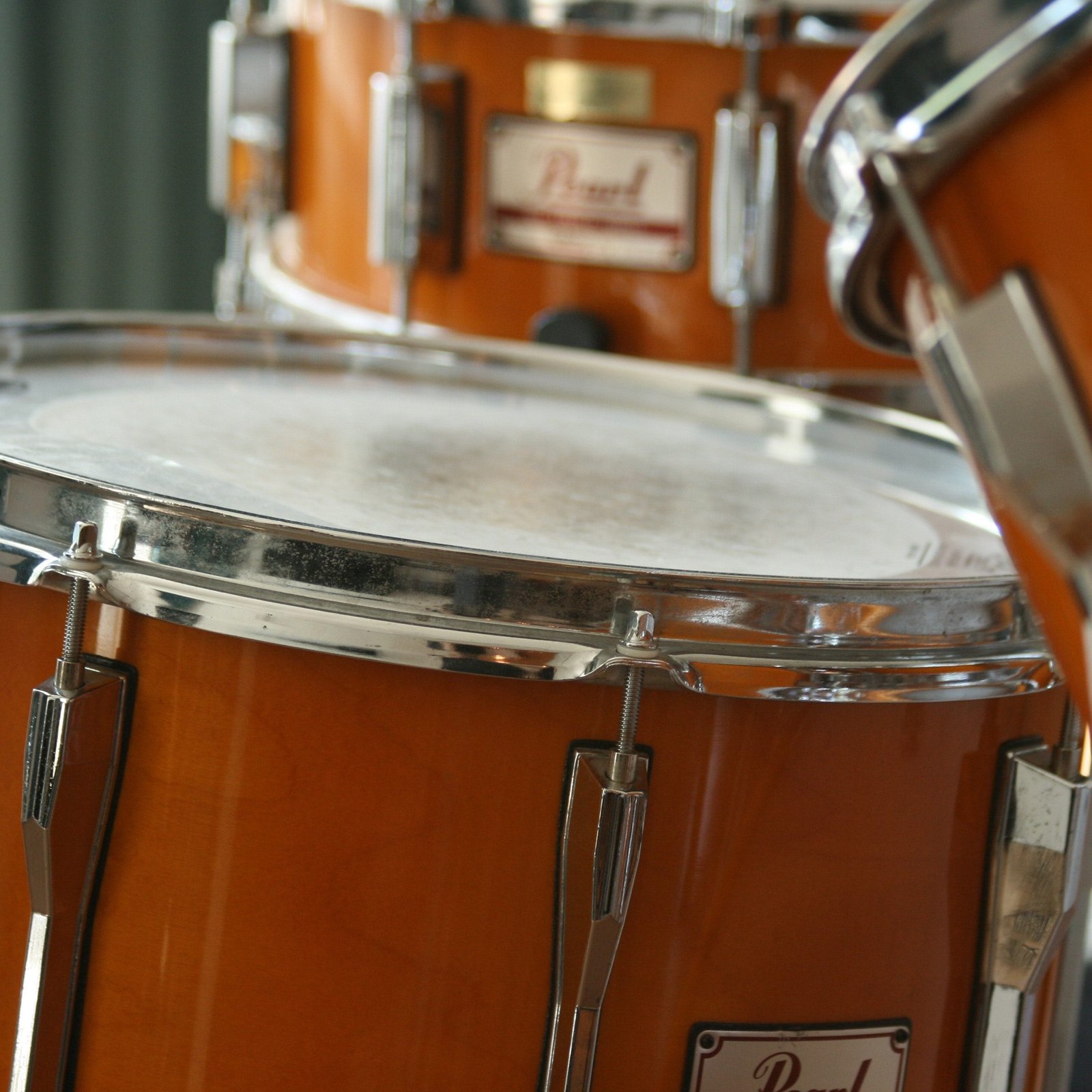The earliest piano, or pianoforte as it was called at the time, was invented by expert harpsichord maker Bartolomeo Cristofori (1655–1731) of Padua about 1698-1700. (Historians are not in total agreement as to the exact date.) Cristofori was able to solve the fundamental mechanical problem of piano design: the hammer must strike the key but not remain in contact with it. This way volume could be controlled and the same note could be hit multiple times in succession. Cristofori’s new instrument was known as the pianoforte because it allowed players to produce notes at different dynamic levels by controlling the inertia with which the hammers hit the strings.
During the late 18th century, piano-making flourished in the Viennese school which included the likes of Johann Andreas Stein and the Viennese makers Nannette Streicher and Anton Walter. Viennese-style pianos featured wood frames, two strings per note, and leather-covered hammers. Some of these pianos came with black natural keys and white accidental keys, the opposite of modern day pianos and keyboards. Wolfgang Amadeus Mozart composed his concertos and sonatas for such instruments.
The piano is at the center of Western musical history in every style of music, from classical to jazz and rock/pop. Well-known pianists in the 20th and 21st century include Ling Ling, Yuja Wang, Elton John, Billy Joel, Art Tatum, Ray Charles, Mary Lou Williams, and Marian McPartland.
VOICE
GUITAR
From the 16th to the 19th century several changes occurred in the instrument. A fifth course of strings was added before 1600; by the late 18th century a sixth course was added. Before 1800 the double courses were replaced by single strings tuned E–A–D–G–B–E′, still the standard tuning.
By the early 19th century, guitars looked very close to the six-stringed instruments of today but were smaller in size. In the mid-1800’s, Antonio de Torres Jurado, a Spanish musician and luthier, began creating the style of guitar that would give rise to all modern guitars. Though in modern times he doesn’t get quite as much credit as he deserves, he is in many ways the grandfather figure in the history of the guitar.
With a broadened body, increased waist curve, thinned belly, and machined head which replaced wooden tuning pegs, his creations became particularly notable thanks to an innovative form of fan bracing and body design, which give classical guitars their distinct voicing and thick, heavy sound. Andres Segovia, another influential Spanish guitarist, took the classic guitar that Torres had created and established it as a concert instrument. He also transcribed early polyphonic music and created complex musical compositions that we now think of as ‘classical’ guitar music.
Meanwhile, European immigrants carried a steel-stringed version of the reshaped Spanish instrument with them to America, where the history of the guitar really started to take shape—and where the flat top, the archtop, and eventually, the modern electric guitar would be created.
Guitar in the United States is generally associated with folk, jazz, and rock music. Influential rock and blues guitarists include Jimi Hendrix, Robert Johnson, and Jimmy Page.
VIOLIN
Most historians agree that today’s violin emerged in the early 16th century in northern Italy, an area which would maintain the violin-making tradition over the coming centuries. Maple and spruce, the two types of wood most favored by violin makers then and since, were readily available in the Lombardy region. The city of Brescia, located at the foot of the Alps, was the earliest to excel in the crafting of violins, but Cremona, home to the world’s most famous luthiers, Giuseppe Guarneri, Antonio Stradivari, and the Amati family, became synonymous with the art of violin making.
Around 1786, François Tourte created the modern bow, standardizing its length and weight. The invention of the chin rest around 1820 made the instrument easier to hold and increased its range of play. The neck and fingerboard were both lengthened and tilted in the 19th century, allowing the violinist to play the highest notes, and the bass bar was made heavier to produce a bigger, more brilliant sound.
Many composers have written for the violin, and it is an instrument that appears in nearly all forms of Western music. Some of the most well-known classical violinists today include Joshua Bell, Sarah Chang, Itzhak Perlman, and Hilary Hahn.
viola
The viola is primarily an orchestral and chamber music instrument, but it is also heard in jazz, folk, rock and pop music as well.
Famous classical viola players include Lionel Tertis, Paul Hindemith, Walter Trampler, Theophile Laforge, Vadim Borisovsky, Maurice Vieux, Lillian Fuchs, William Primrose, Frederick Riddle and Ernst Wallfisch. Well known jazz viola players include Leroy Jenkins, Mat Maneri and Will Taylor.
Rock/pop bands that have used the viola include The Who, The Cure, The Beatles, Van Morrison, and the 10,000 Maniacs. Folk musicians Mary Ramsey, Helen Bell, and Nancy Kerr have used the viola in their work.


